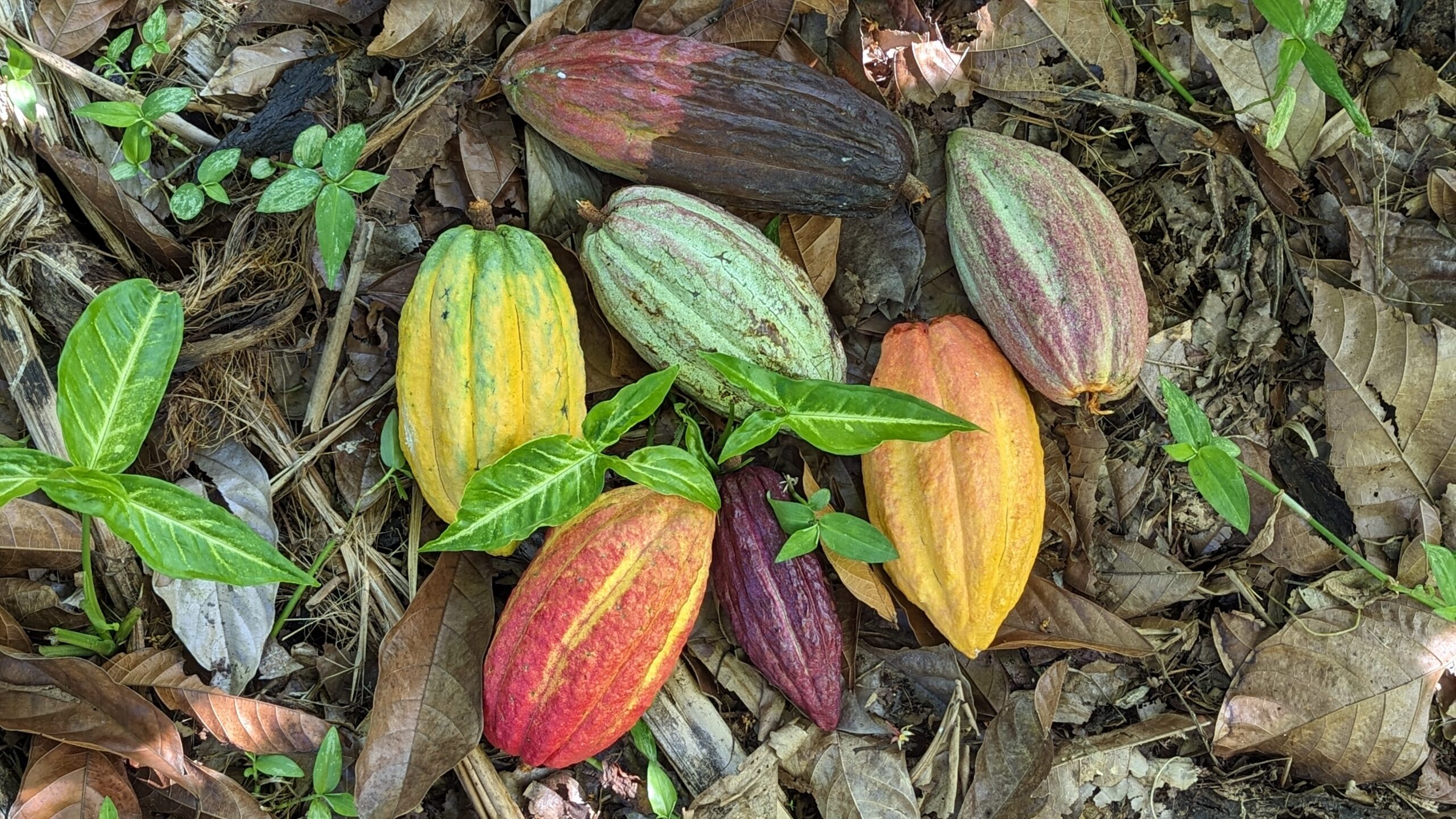-
Lattice For Climbers
We had been looking for lattice for about six months and were told by the local lumber yard that they don’t carry it and have not seen it elsewhere. Well, never just ask one person !! It turns out that it was here all along, but the prior person did not know ! We are…
-
Greenhouse H2O
The plans for getting water to the greenhouse evolved over time. The initial plan was to have rainwater barrels immediately behind the structure to capture water from the roof and feed into the sink area. This requires an elevated structure for the barrels to generate enough pressure, and a gutter system for the roof edges.…
-
Filling Beds
The fill for the beds is roughly following the Hugekultur method. The bottom layer are branches, logs, and other pre-compost materials from the property. The middle layer is topsoil, and the final layer is natural organic compost. Each bed is filled one wheelbarrow at a time with major help from Anderson. It takes a couple…
-
Adding A Lid
The next logical step in the process was to tackle the roof. There was a race against time for planting season, but the final roof material was not available, so a temporary solution was put in place. UV plastic was doubled up and spread across the roof. It was clearly not going to withstand any…
-
Internal Structure
With the external structure in better shape, attention could be turned to the internal components. This was relatively simple in that it consisted of a sink section to bring in running water, and planting beds. The concept was to allow for planting beds and aisles wide enough for a wheel barrow. This resulted in three…
-
Framework
There were many options for framing the structure including wood, a PVC hoop, metal hoop, and more. In the end, I opted for a 1/2″ galvanised pipe structure which could be tied into the lower walls. It obstructs the least light, is much stronger than pvc, and readily repairable. It took a few days to…
-
Structural Integrity
The floor was the first area of attention. Despite being loosely filled in with the construction debris, it was far from even or solid. Wheelbarrow loads of dirt were removed from the concrete half of the structure. To finish off the floor, we used many wheelbarrow loads of rough sand which had been sitting in…
-
The Cleanout
As you can see from the first image, the structure is completely overgrown. After removing several old refrigerators, rusted corrugated roofing, and much debris, and several hours of machete and weed whacker work, the structure is uncovered. Surprisingly, half of it has a concrete floor ! The other half still has some old corrugated zinc…
-
Re(peat)cycling
The first step in creating something sustainable, and a key tenet of permaculture, is to use what you have. Recycle. And so it was that this old ruin on the property became the natural site for a greenhouse. We are told that it was once a chicken coupe, and alternatively that it was a Cocoa…
